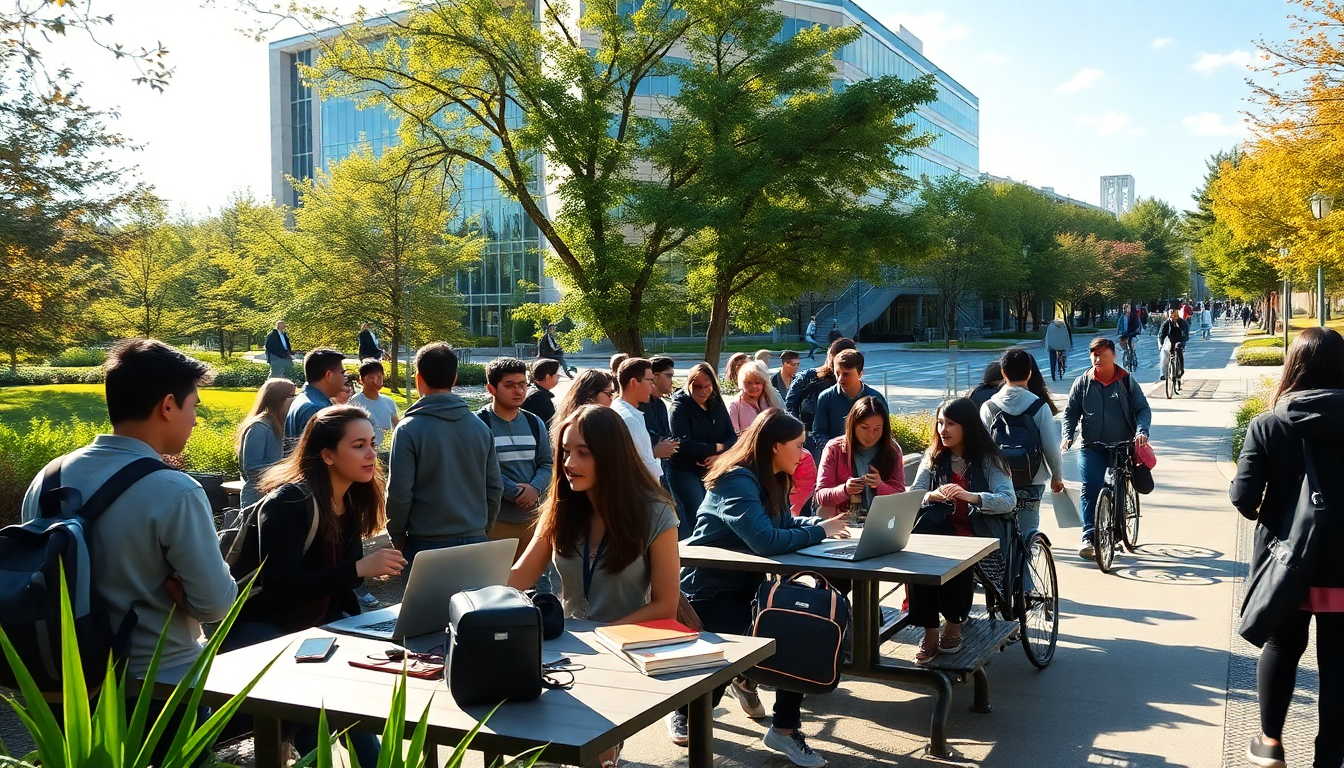Table of Contents
The Canadian government is gearing up for a thorough review of its international student program, and it’s all thanks to a notable spike in admissions that has raised eyebrows among critics. This initiative, spearheaded by the federal auditor general, aims to assess the program’s sustainability, particularly its effects on the job market and housing sector. As the number of international students keeps climbing, many are wondering: Is Canada truly ready to handle this rapid growth?
What’s Happening with the International Student Program?
Recent trends show a striking uptick in international student admissions, which has led to increased scrutiny from various corners, including political leaders and educational institutions. Critics are sounding alarms, arguing that this influx could be contributing to higher youth unemployment rates and exacerbating the ongoing housing crisis nationwide. With an audit set to wrap up and present its findings to Parliament in 2026, the focus is on addressing these pressing issues and evaluating the program’s overall impact on Canadian society.
Opposition leaders, particularly from the Conservative Party, have been vocal about their concerns regarding the rapid growth of international students. Conservative Leader Pierre Poilievre has called for a reevaluation of immigration policies, suggesting that the current wave of students might be playing a role in rising unemployment among Canadian youth. He advocates for a strategic reduction in the number of newcomers, stressing the need for a balanced approach that allows the housing market and healthcare systems to stabilize.
The Asylum Claims Landscape
Alongside the rise in international students, there’s been a noticeable uptick in asylum claims from this demographic. Recent statistics reveal that last year, international students filed a record 20,245 asylum applications, and projections suggest that this figure could be surpassed in 2025. This surge highlights the complexities of student immigration, as many individuals are seeking permanent residency via alternative routes rather than the traditional immigration pathways.
The government has responded by capping study permit applications, an effort aimed at managing the flow of incoming students. However, this decision has placed significant financial pressure on many universities and colleges, with some institutions forced to implement layoffs and hiring freezes due to reduced funding. The increase in asylum claims, coupled with the government’s attempts to limit study permits, illustrates a broader tension in Canada’s approach to managing its international student population.
Looking Ahead: What’s Next?
As the federal government gears up for discussions on future student intake levels, the impact of these policies on educational institutions and the wider economy becomes a crucial focus. There’s a pressing need for a sustainable immigration strategy that balances the perks of international education with the realities of local labor markets and housing availability. Policymakers must weigh the long-term consequences of their decisions to ensure that Canada remains an appealing destination for international students while protecting the interests of its citizens.
Moving forward, it’s vital for the government to engage in meaningful conversations with educational stakeholders, community leaders, and economic experts. Together, they can craft a well-rounded strategy that tackles the challenges posed by the current surge in international students. Only through collaborative efforts can Canada successfully navigate this complex landscape and leverage the strengths of its international student program for a brighter future.


